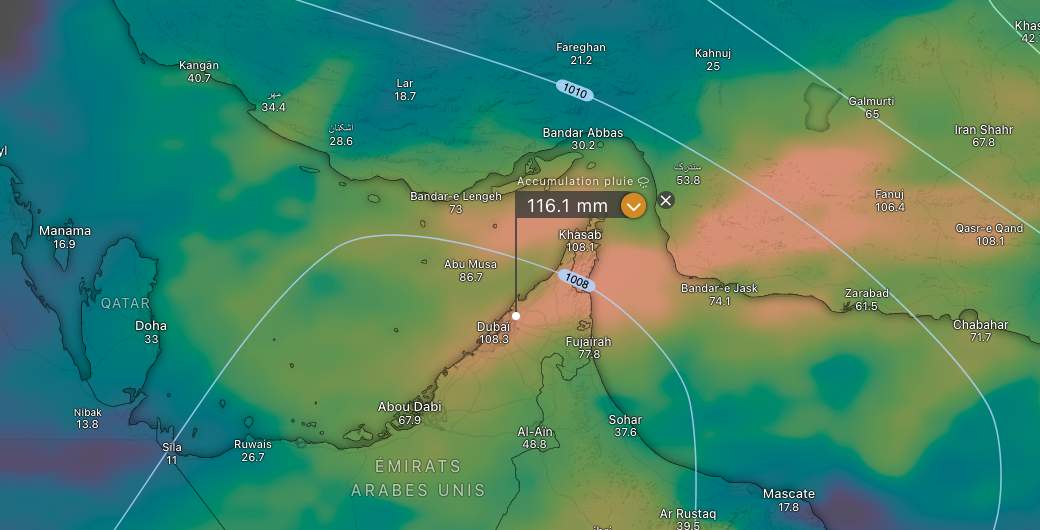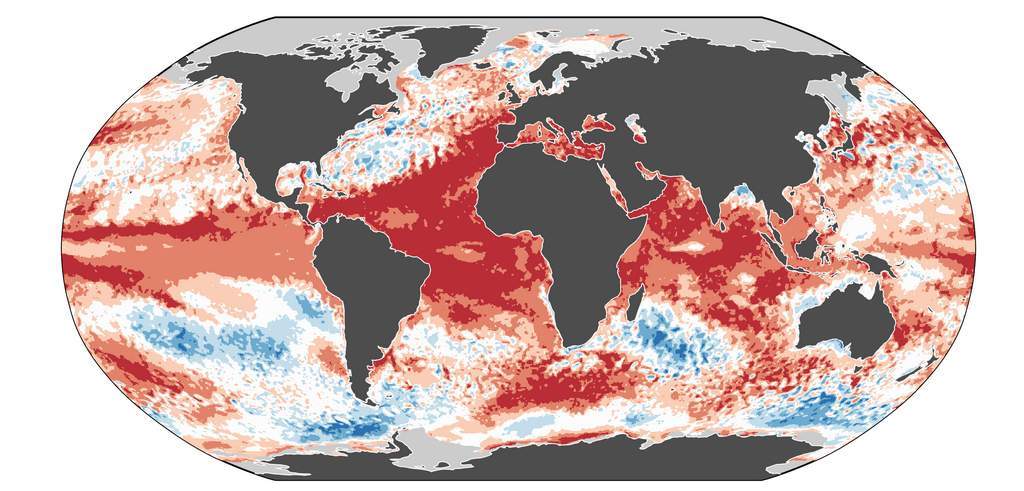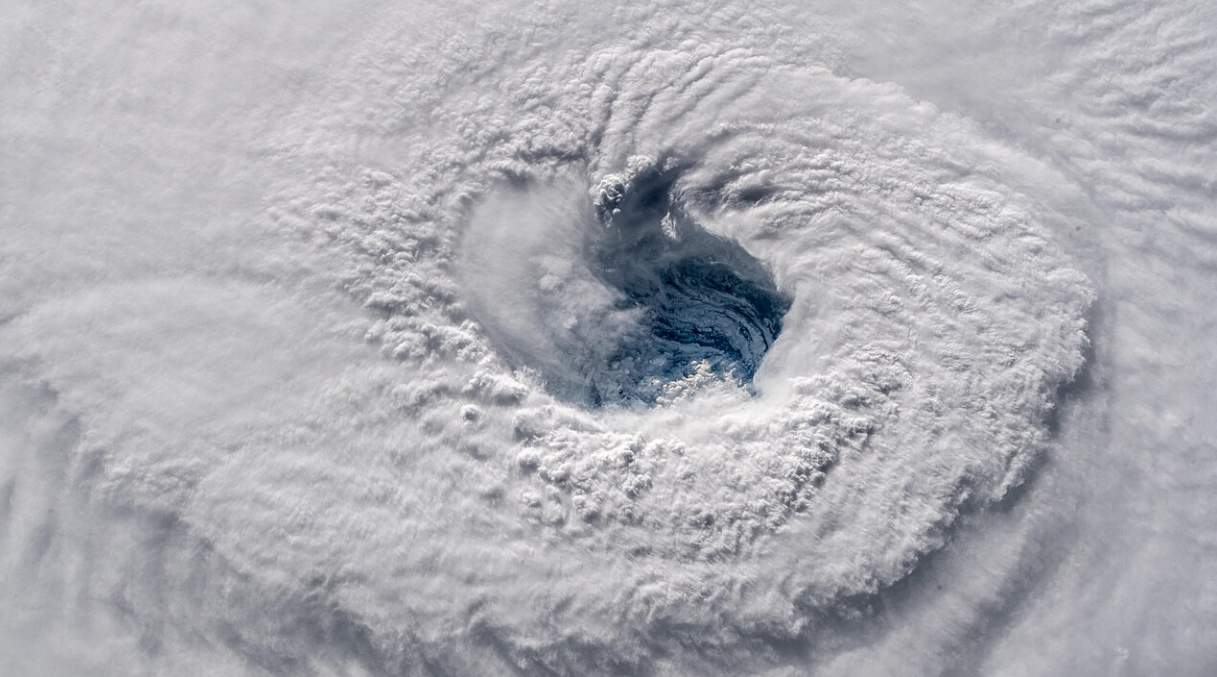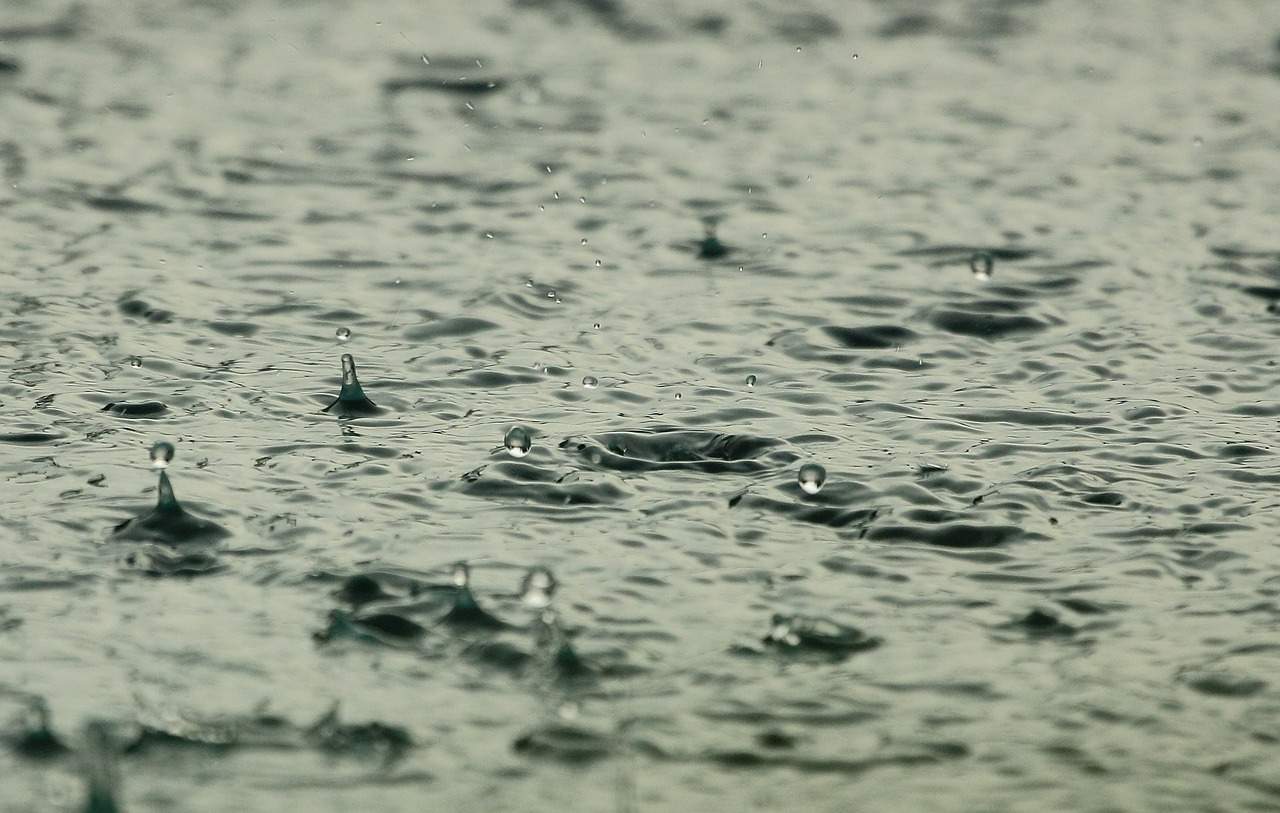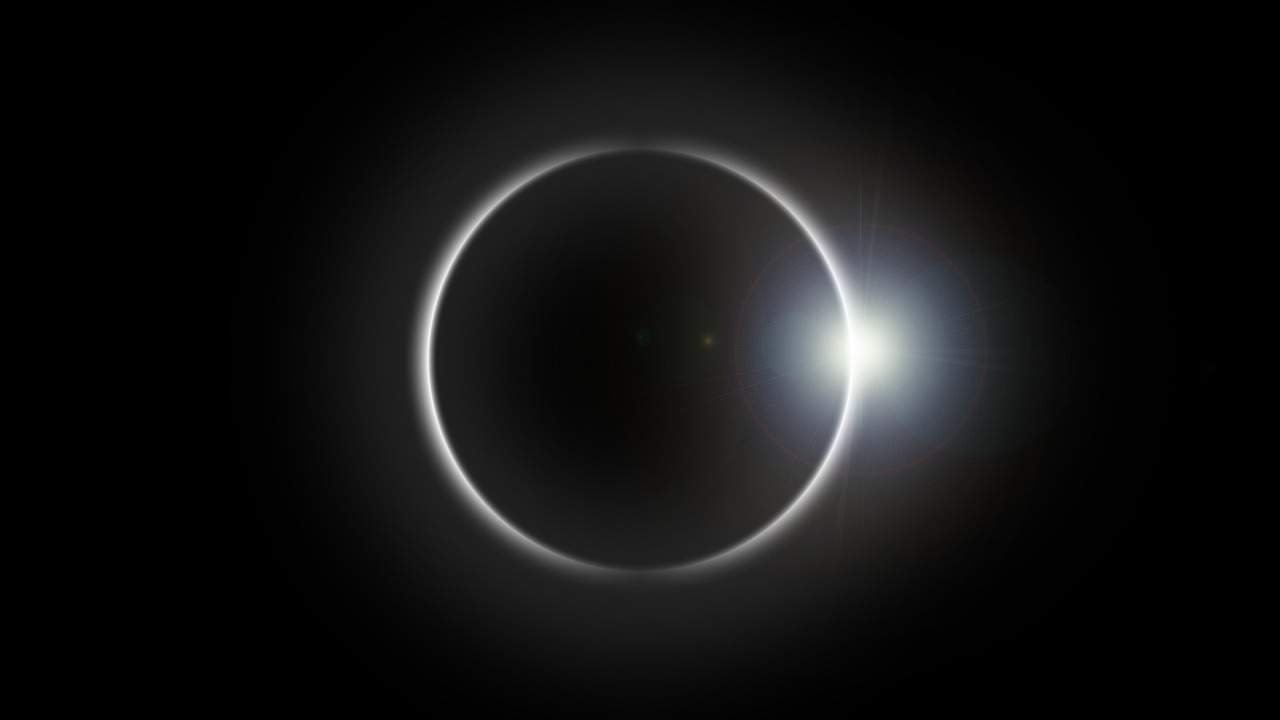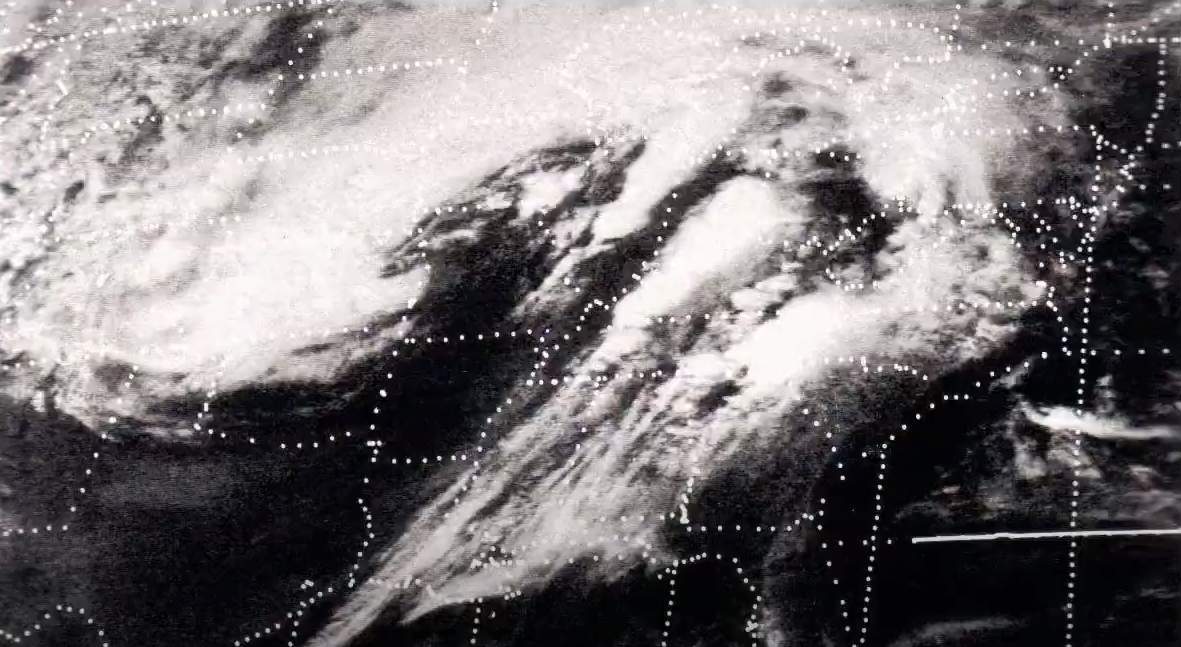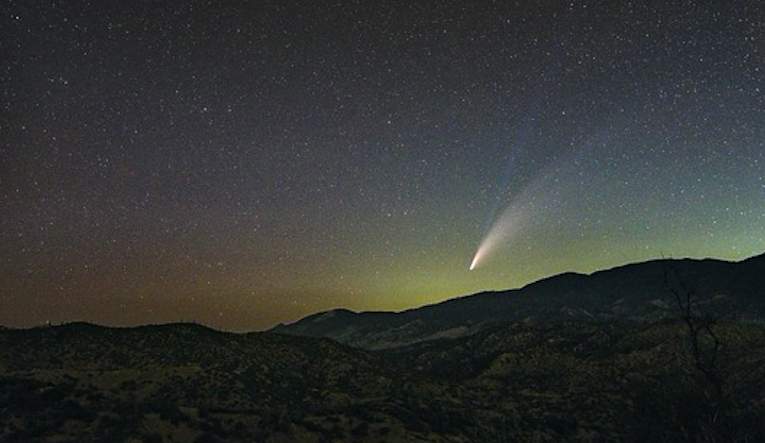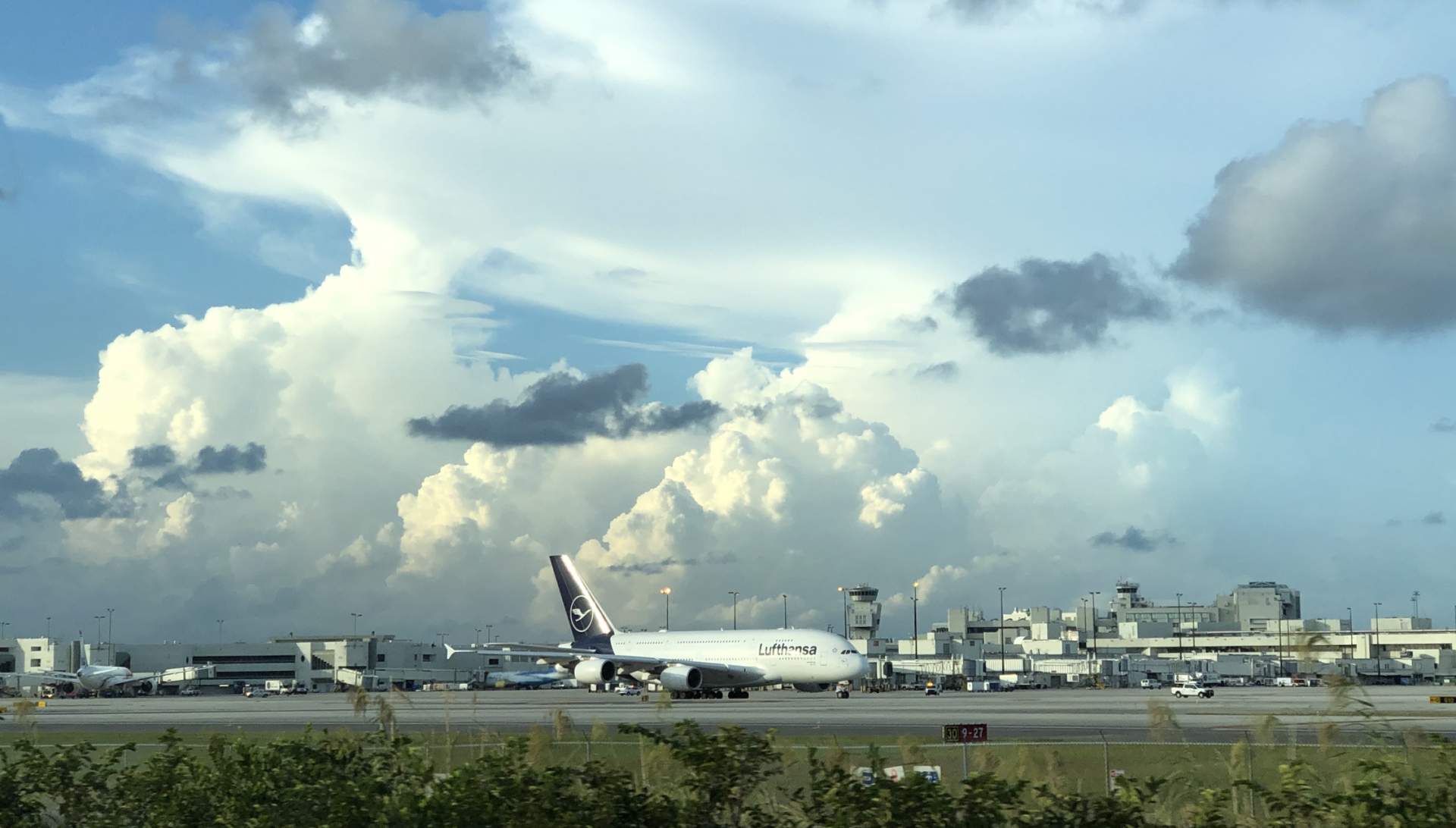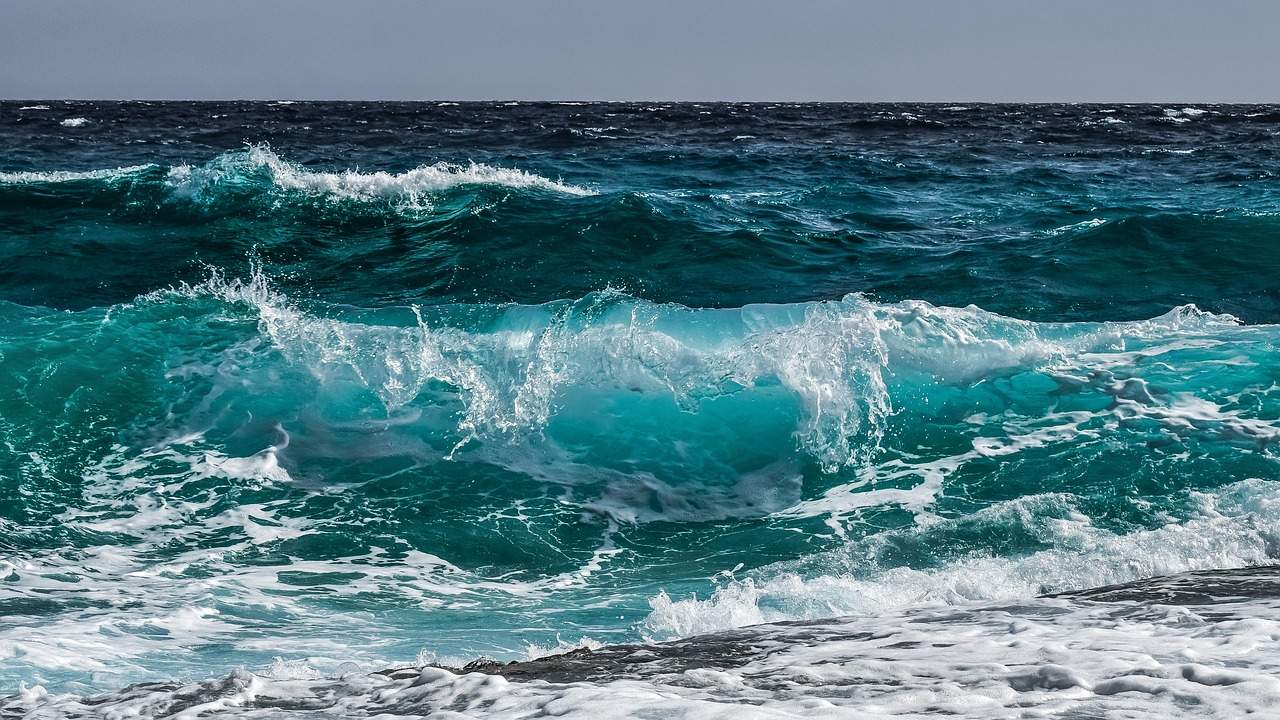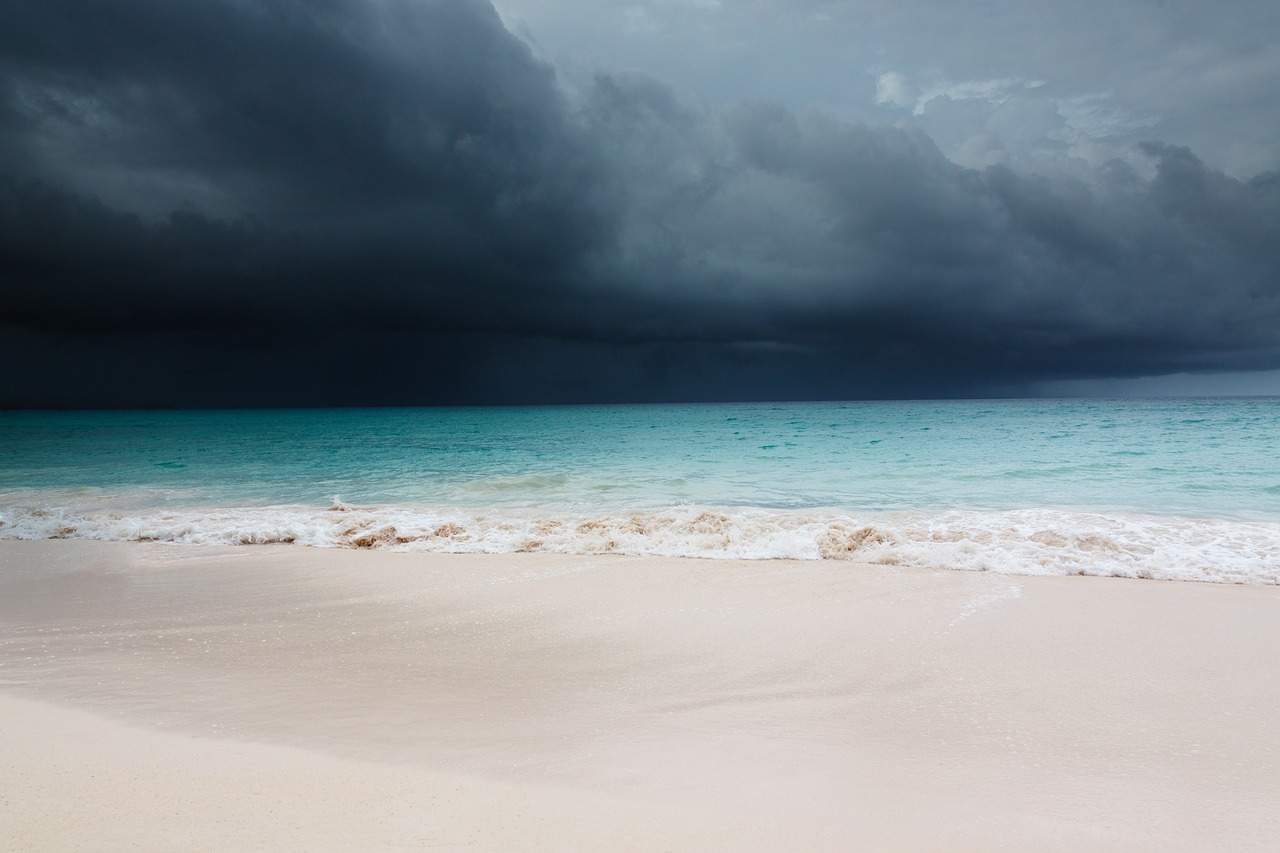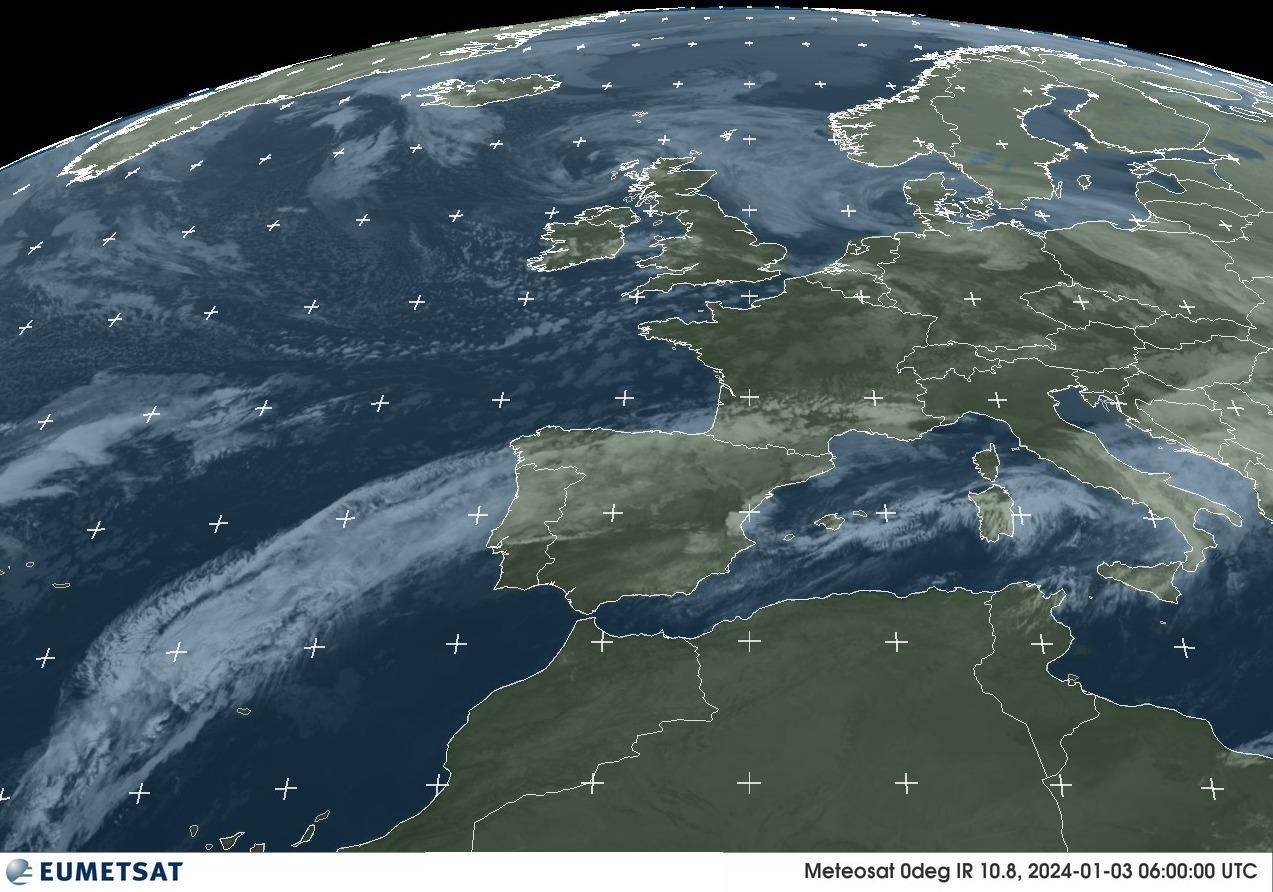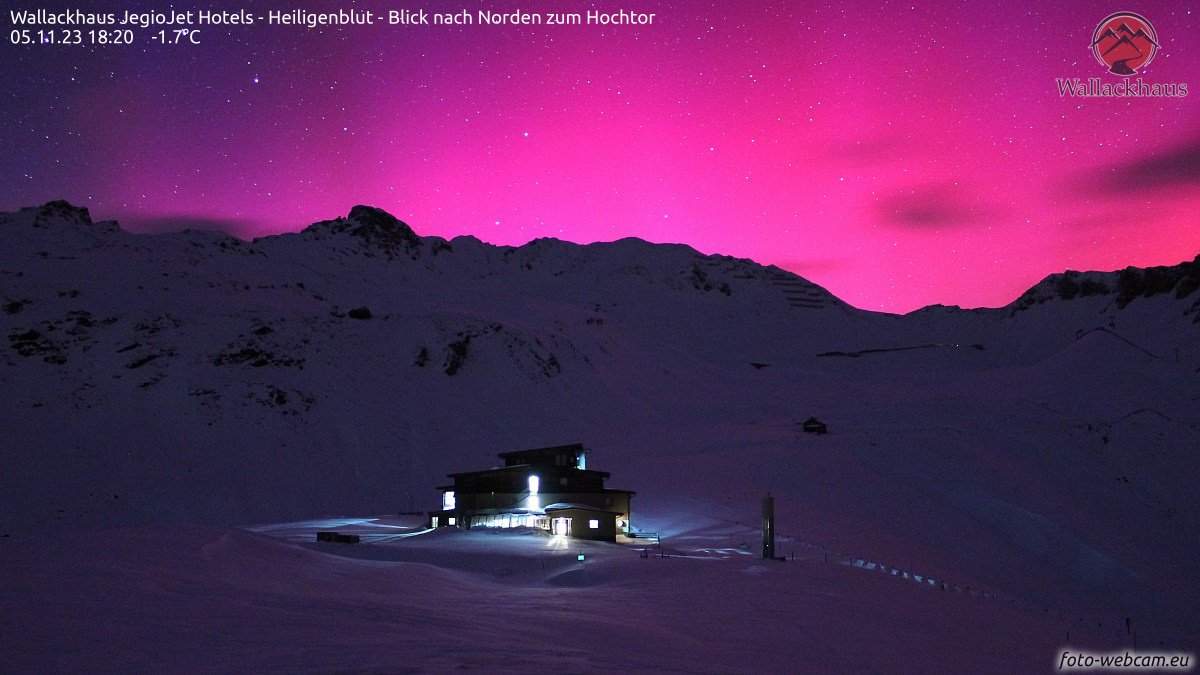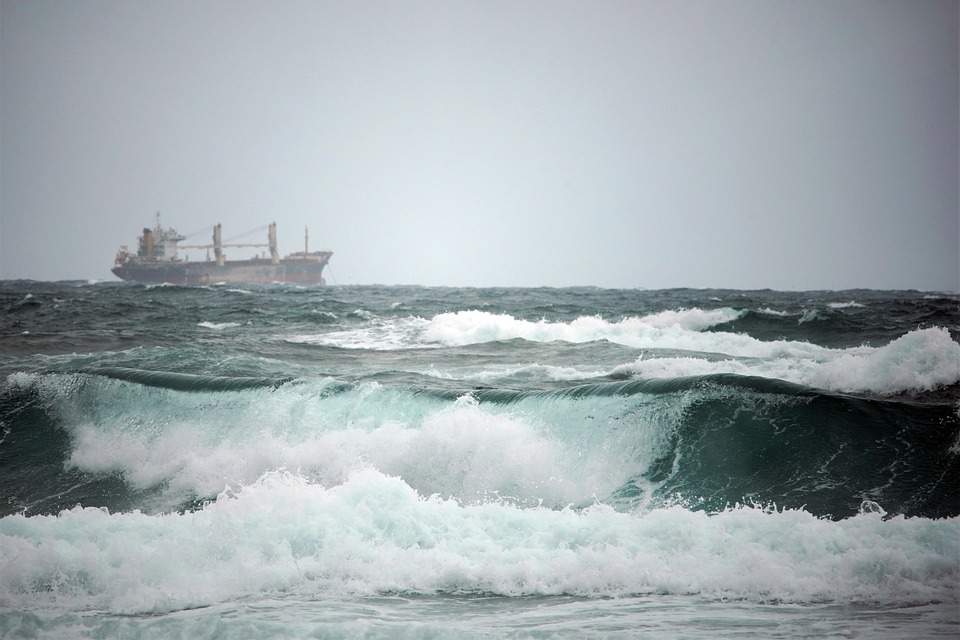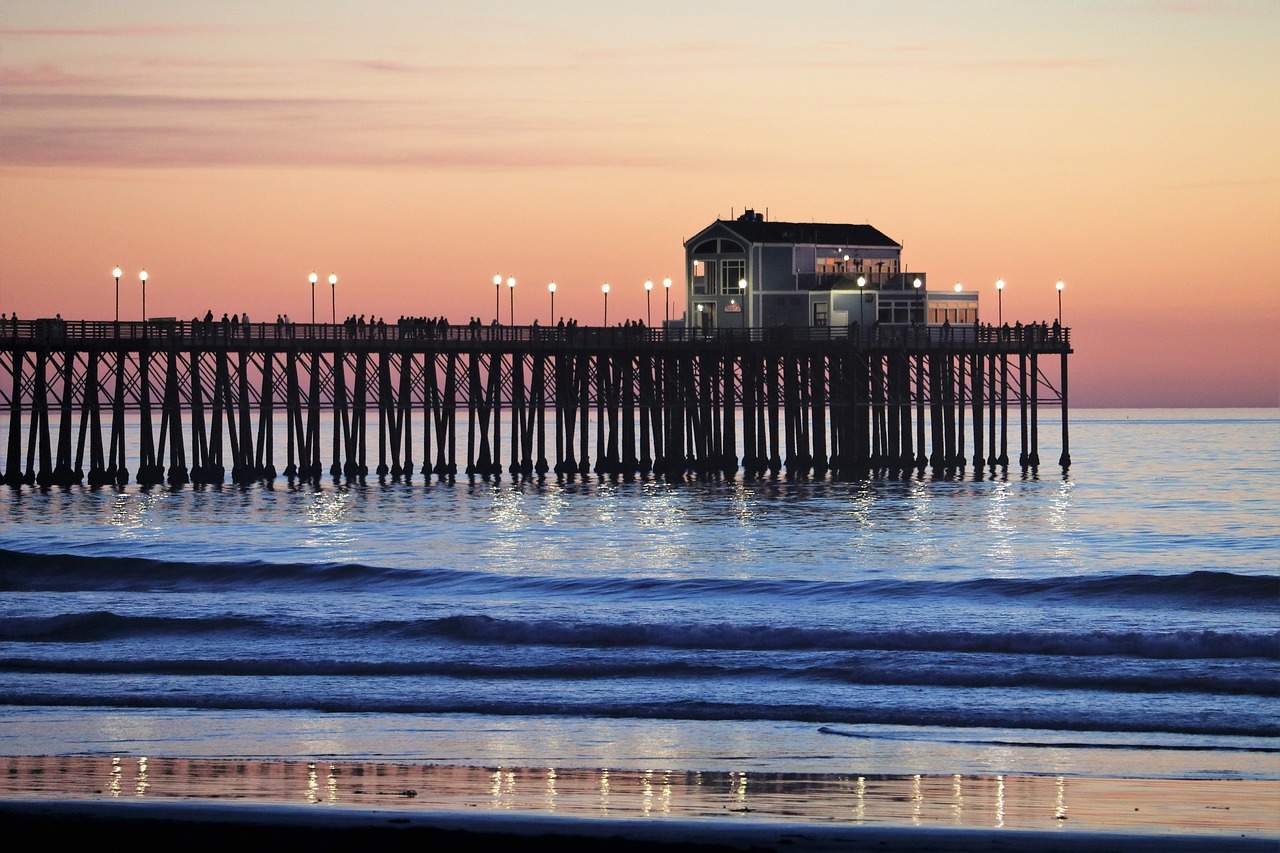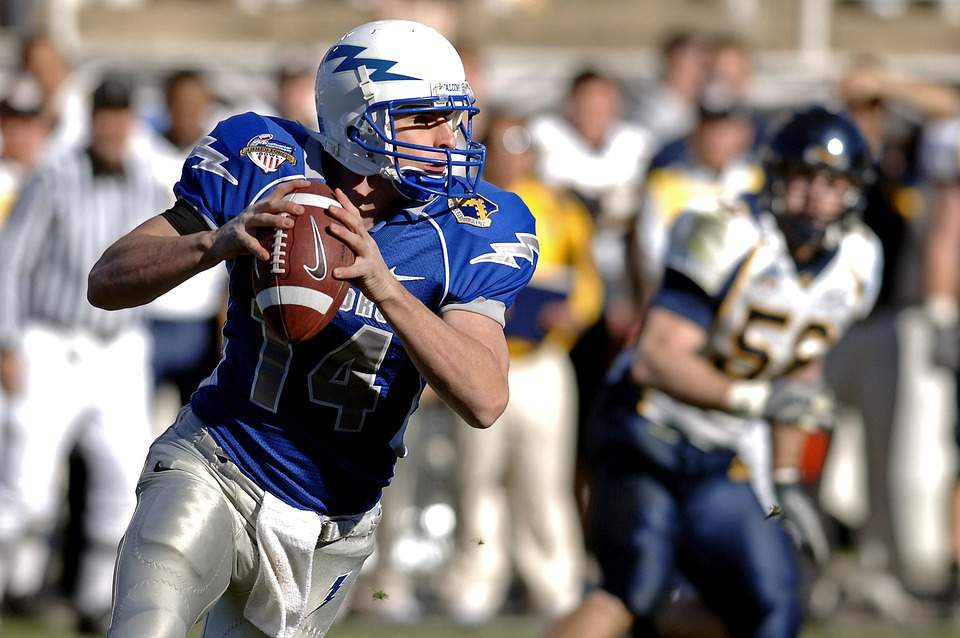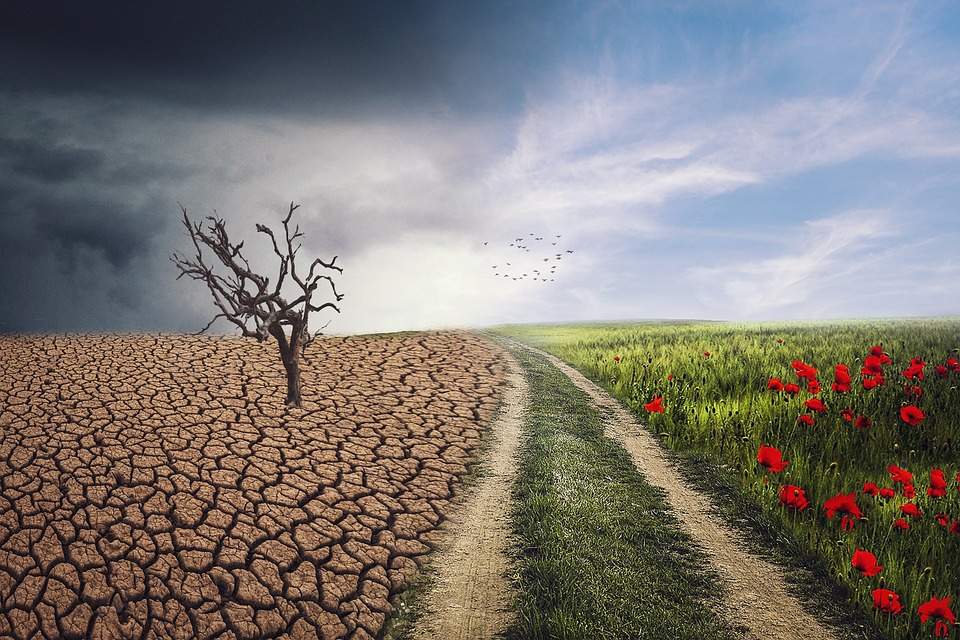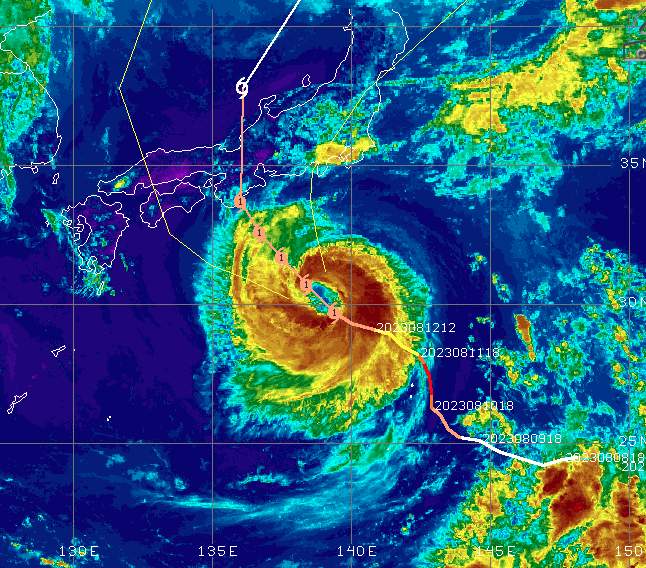World Meteorological Day takes place every year on March 23. With the convention of the World Meteorological Organization (WMO), which came into force in 1950, the cooperation of a wide range of nations should lead to more reliable weather forecasts. This year, World Meteorological Day takes place under the motto "the future of weather, climate and water over generations".
Historical background and objectives of the WMO
The "First International Meteorological Congress" held in Vienna in 1873 formed the basis for worldwide international cooperation among meteorological services in the International Meteorological Organization (IMO). This organization gave rise to the World Meteorological Organization (WMO) on March 23, 1950. At that time a peaceful and international cooperation of meanwhile 193 members (179 states and 14 territories) started, where even during wars or political crises weather and climate data continued to be exchanged. Aims of the WMO were/are among others the worldwide establishment of networks for meteorological, hydrological and geophysical observation, as well as the establishment of meteorological service providers, which among others should facilitate the exchange of data. Also of importance is the standardization of measurement stations and the publication of those measurement data. In November 1988, the Intergovernmental Panel on Climate Change (IPCC) was established together with the United Nations Environment Programme (UNEP). The IPCC, also known as the Intergovernmental Panel on Climate Change (IPCC), publishes so-called Assessment Reports every 5 to 8 years, in which various aspects of natural and man-made climate change are compiled from a scientific perspective. In terms of climate research, the IPCC serves as the "gold standard" today.
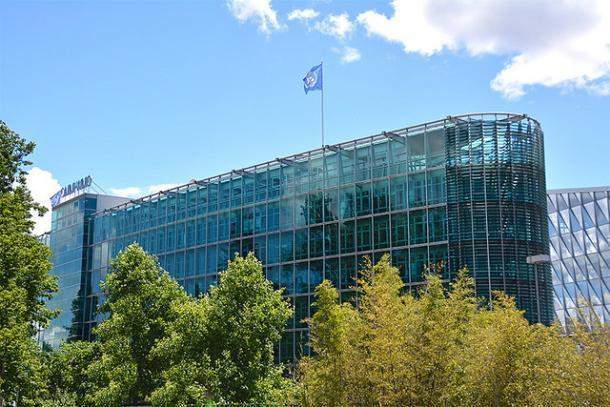
Fig. 1: WMO office building in Geneva; Source: WMO
This year's World Weather Day
This year marks the 150th anniversary of the "First International Meteorological Congress." Fittingly, World Meteorological Day therefore takes place under the motto "the future of weather, climate and water over generations". In doing so, the WMO shows the development of weather observations and forecasts over the course of time. Already in the early years of the 19th century, the transmission of weather data became increasingly important for seafaring. Initially, this was done by means of telegraphy, whereby information could be disseminated by (Morse) code - after its inventor Samuel Morse. Since seafarers used different signs and description styles, a uniform system soon had to be developed. This was the goal of the first Meteorological Congress in 1873, and subsequently the observation network on land was also continuously expanded. It became apparent that the measuring stations set up around the North Pole during 1882/83 could improve the accuracy of weather forecasts in other regions of the world. The following decades brought many more improvements and advances in the field of meteorology. However, tensions and divergent interests during the two world wars showed that the existing structure of the IMO was no longer fit for purpose. A draft World Meteorological Convention was then adopted in 1946, which came into force in 1950 – the WMO was born.
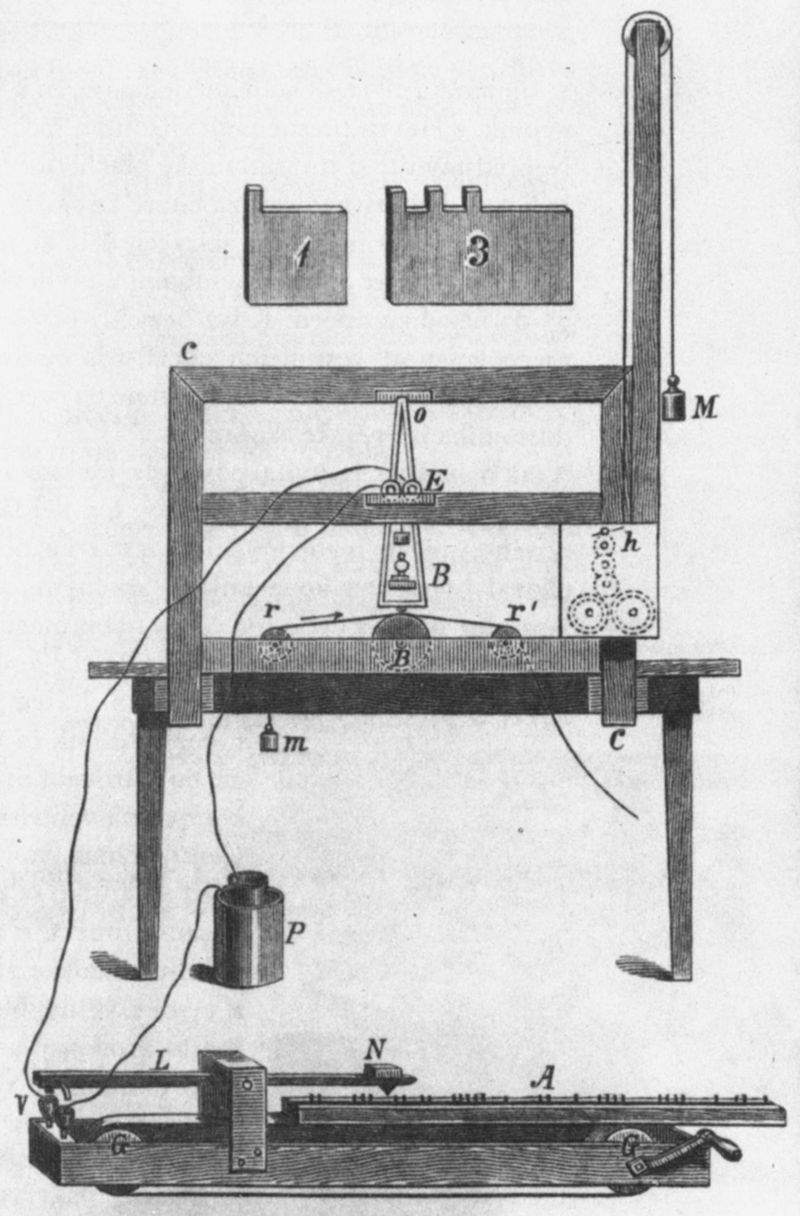
Fig. 2: Telegraph by Samuel Morse; Source: Wikipedia
In the post-war period, there was a real boom in technological development. This also improved the observation and telecommunication possibilities. This on land as well as at sea or in the air. Larger gaps could then finally be closed in the satellite age. On April 1, 1960, the first weather satellite was launched (TIROS-1, TelevisionInfrared Observation Satellite). Since then, countless geostationary and polar orbiting satellites have been launched with different missions. Most recently, the 3rd generation Meteosat should be mentioned. The geostationary satellite of the European Meteorological Satellite Agency (EUMETSAT) was launched in December 2022 and observes the Earth's surface at an altitude of 36,000 kilometers. It will be able to track severe weather practically in real time.
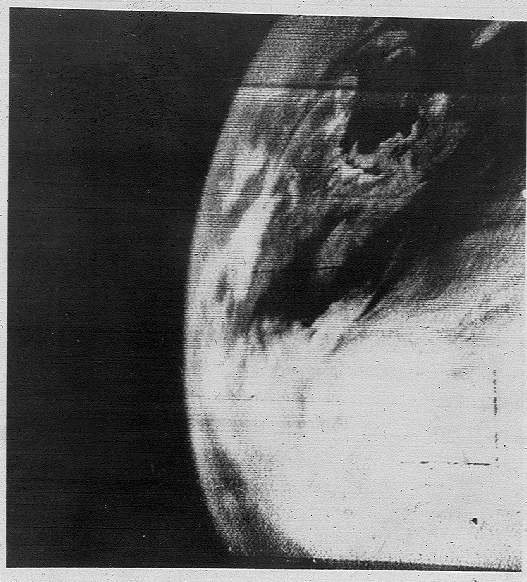
Fig. 3: First television image of the Earth from space with the TIROS-1 satellite (April 1, 1960); Source: Wikipedia
In the future, precise weather forecasts will become increasingly important as extreme events continue to rise in the wake of global warming. The vulnerability of large parts of the population is increasing. Advances and further developments, for example through quantum computers or artificial intelligence, will be possible and necessary in the coming decades.
By the way, you can find a selection of current satellites at any time under this link.
disclaimer
The content of this article has been at least partially computer translated from another language. Therefore, grammatical errors or inaccuracies are possible. Please note that the original language version of the article should be considered authoritative.

